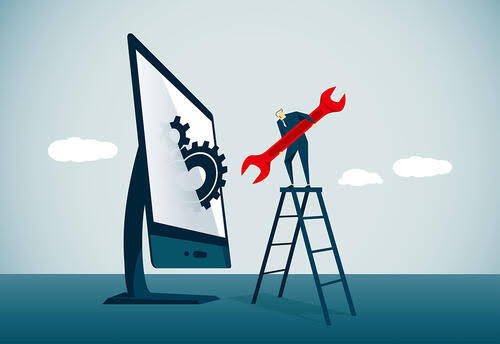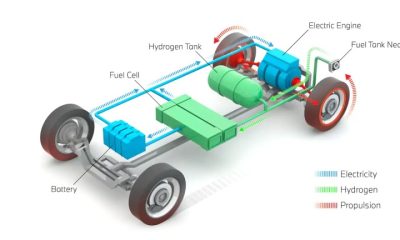Technology
Evolution of the World Wide Web; Web 1.0, Web 2.0, Web 3.0

World Wide Web
So you’ve heard a few things about the evolution of the World Wide Web or maybe you’ve heard nothing at all and you’re wondering what it is and why it’s receiving so much attention now, or why does it even matter? You’re not alone! Many internet users just know the World Wide Web as the primary tool used by billions of people to share, read and write information and to interact with other people via internet. Well, that’s exactly what it is but there is more… I will be sharing in brief terms what happened through the evolution of the World Wide Web (Web 1.0, Web 2.0 to Web 3.0 and beyond) and what this means for ordinary internet users like us. Please use your seat belt.
Web 1.0
Web 1.0 was the first implementation of the web and it lasted between 1989 and 2005. It was described as the web of information because websites had “read-only” content. That is, the websites had static pages and were for content delivery purposes only. In other words, the early web allowed us to search for information and read it. There was no option given for users (like you and me) to communicate back information to the content producers.
Web 2.0
Defined as the “read-write” web in 2004, Web 2.0 was also called the Social Web. It was all about content management and new ways of communication/interaction between users. It marked the beginning of Social Networking, e-commerce etc. Some popular Web 2.0 applications include Facebook, YouTube, Twitter, etc.
Web 3.0
Web 3.0 is called the executable web or semantic web. It is defined as the “read-write-execute” web and its basic idea is to structure data and link them in order for more effective discovery, automation, integration and reuse across various applications. Here the idea of websites and webpage disappears, data isn’t owned but instead shared and services show different views for the same data. This means the internet would be more intelligent or process information with human-like intelligence (Artificial Intelligence and Machine Learning). It incorporates decentralization based on blockchain technologies, such as various cryptocurrencies and non-fungible tokens (NFTs). Some examples of web 3.0 services and applications include Google Cloud API, Apple’s Siri, Bitcoin and Etherium blockchains, amazon etc. Web 3.0 is still under implementation and could last till 2030. Full deployment of Web 3.0 will reshape the way we access the internet and even buy and sell.
There are also proposed future web generations that are still just ideas like Web 4.0 which is to follow Web 3.0. Web 4.0 is an Ultra-Intelligent electronic agent which will be called symbiotic Web. Web 5.0 is still an underground idea and there is no exact definition of how it would be but it will be symbiotic decentralized and Web 6.0 would further extend web services.

-

 Brands2 years ago
Brands2 years agoRevBio Tetranite Regenerative Bone Adhesive Actions and Microgravity Technology.
-

 Brands2 years ago
Brands2 years agoBMW ix5 Hydrogen; Features, Release date, Price and specs.
-

 Brands2 years ago
Brands2 years agoBMW i7 All Electric Executive Sedan Features and Price
-

 Lifestyle2 years ago
Lifestyle2 years agoJeff Bezos; Networth, Career and lifestyle
-

 Brands2 years ago
Brands2 years agoDodge Charger Daytona SRT EV Concept; Electric muscle car specs, release date and price
-

 Brands2 years ago
Brands2 years agoSpace Launch System SLS; NASA’s Artemis Mega Rocket for Deep Space Exploration
-

 Brands2 years ago
Brands2 years agoHydrogen Fuel Cell Electric Vehicles FCEVs; Technology and features
-

 Brands2 years ago
Brands2 years agoHydrogen Fuel; Green Fuel of the future, types and production processes.
Pingback: how Electric Cars, types, how they work and Electric Vehicle Prices.
Pingback: Industry 4.0; meaning, Technologies and concept | Lampchart